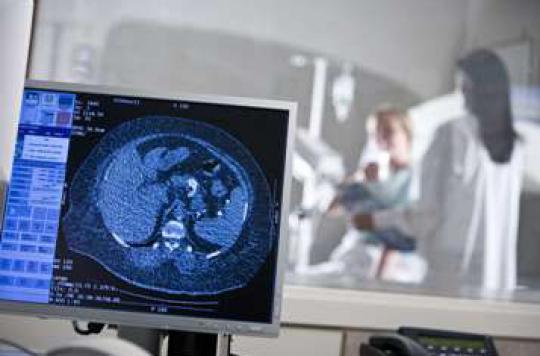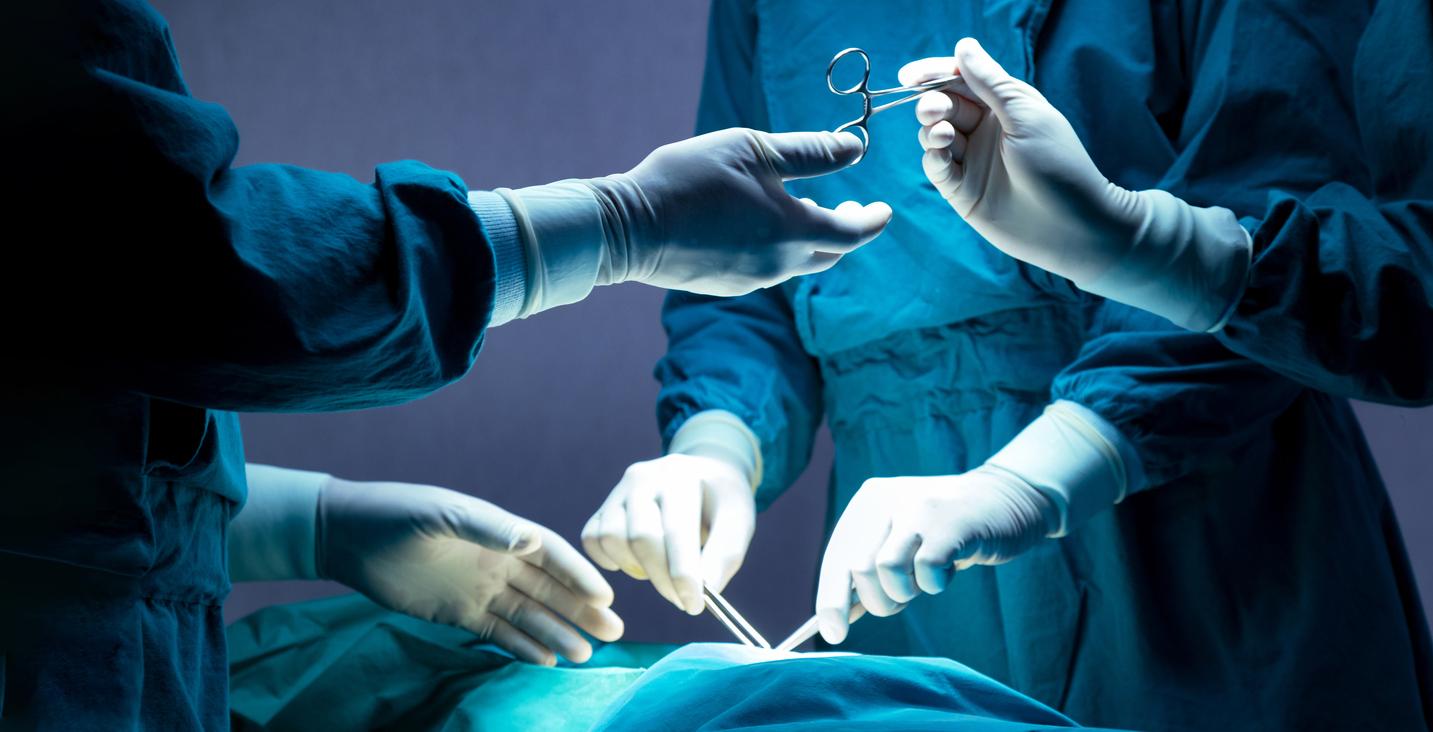The scanner is not without consequences in a child. Irradiation can promote cancer. A new approach makes it possible to limit the exposure of the youngest.

The scanner exposes the patient to radiation. Children are particularly sensitive to it because of their size and physical condition. They are more likely to develop slow-growing cancer. A study conducted by the Johns Hopkins Pediatric Center of Baltimore proposes to reduce their exposure but not the reliability of the results.
Photograph 7 brain slices instead of 40
“We looked for different ways to reduce radiation exposure in children without sacrificing diagnostic reliability of the images,” says Edward Ahn, senior researcher on the Johns Hopkins team. The medical approach of the study proposes to photograph 7 slices of the brain. Currently, a scanner makes between 32 and 40 slices. According to the report, published in the Journal of Neurosurgery, children receive 92% less radiation than with a standard scanner.
This new method minimizes the irradiation of the youngest. It provides researchers with perfectly clear and reliable images. Out of 50 children examined regularly, only 4% of the results were wrong. The photographs did not return “false negatives” but three “false positives.” In other words, three reported a development that did not exist. But the results did not hide any progress. Jonathan Pindrik, head of the research team, welcomes this: “Traditional thinking is that fewer slices means, by definition, less clarity and reliability in the result of the scanner. Our findings prove this is not the case. “
Less irradiating sick children
The study was conducted on 50 children with hydrocephalus. This disease causes excess fluid in the brain. The excess is medically evacuated by drains. This technique assumes a regular CT scan to verify that the drain is properly positioned and that its presence has not caused any damage. A heavy and highly irradiating method. The researchers compared the traditional approach and the limited method. The approach offered by Johns Hopkins Hospital is more suitable for a child and does not compromise treatment results.
This discovery could prove particularly useful in pediatric emergency rooms. Diagnoses must be both rapid and non-irradiating. Most of the time, the exposures turn out to be much too long. Such an application of examinations will prove to be invaluable in structures of modest sizes which do not have an MRI machine.
.















